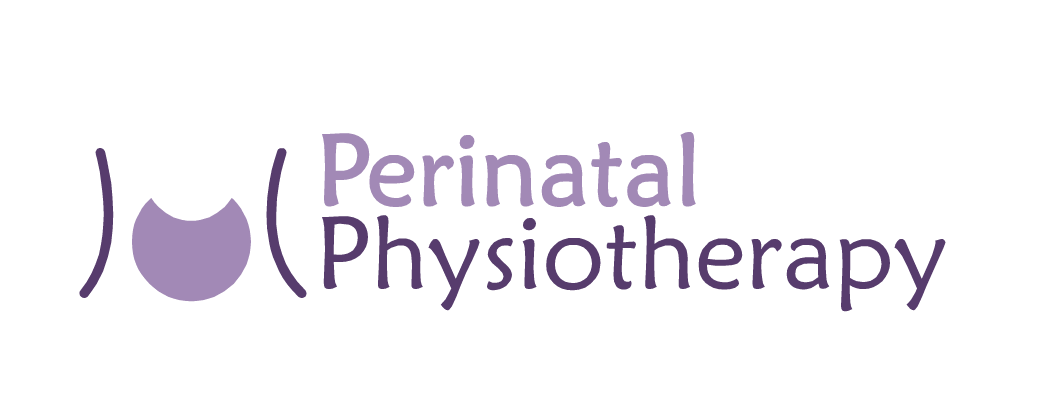About Diastasis
Notice the vertical midline? That's the linea alba
Diastasis recti (DR) is the scientific name given to the unnatural separation of the rectus abdominus muscle. DR occurs often during pregnancy. The rectus abdominus runs on the anterior wall of the abdomen from your pubis to your ribs, separated in two parallel halves by a band of connective tissue called linea alba, “white line” in latin. It is the muscle most commonly identified with the abs, your “six-pack” –in case you have one-. The rectus abdominus is a postural muscle, bends your lumbar spine and assists on breathing. It is a quite active muscle in many body functions and one of the main “culprits” of creating internal pressure in the abdominal cavity.
Why does DR happen?
Diastasis recti is essentially an internal pressure problem –and the reason why you shouldn’t do crunches when pregnant-. When the growing uterus pushes forward it exerts pressure over the wall of your abdominal cavity, and that wall is the rectus abdominus muscle. If the pressure is excessive, the muscle will give away and overstretch the connective tissues in the middle, the “linea alba”. DR is more common in women who had been pregnant more than once or who have had multiple birth pregnancies.
Is it important to rehabilitate DR?
Some degree of DR is very common during pregnancy and it resolves itself in many cases. If it is small, it will tend to reduce during the first year after pregnancy. When DR is wide (two or more fingertips can fit in between your rectus sheats), rehabilitation is advised. Although DR is sometimes considered more of a cosmetic than a health problem, abdominal weakness can have serious consequences for your core stability and result in low back pain and pelvic floor dysfunction. Take into account that the underlying cause of DR is partially an internal pressure problem related to a faulty alignment & core coordination that was there before pregnancy. If you don’t address it on time, pressure will still be there pushing through (now) weakened tissue.
How is DR treated?
Core exercises that engage your transversus abdominus muscle are the usual treatment for DR, but they initially require supervision from a physical therapist. It is easy to give you a list of exercises to do, but it is as important to do them correctly or else they won’t give results –or could even aggravate DR.

